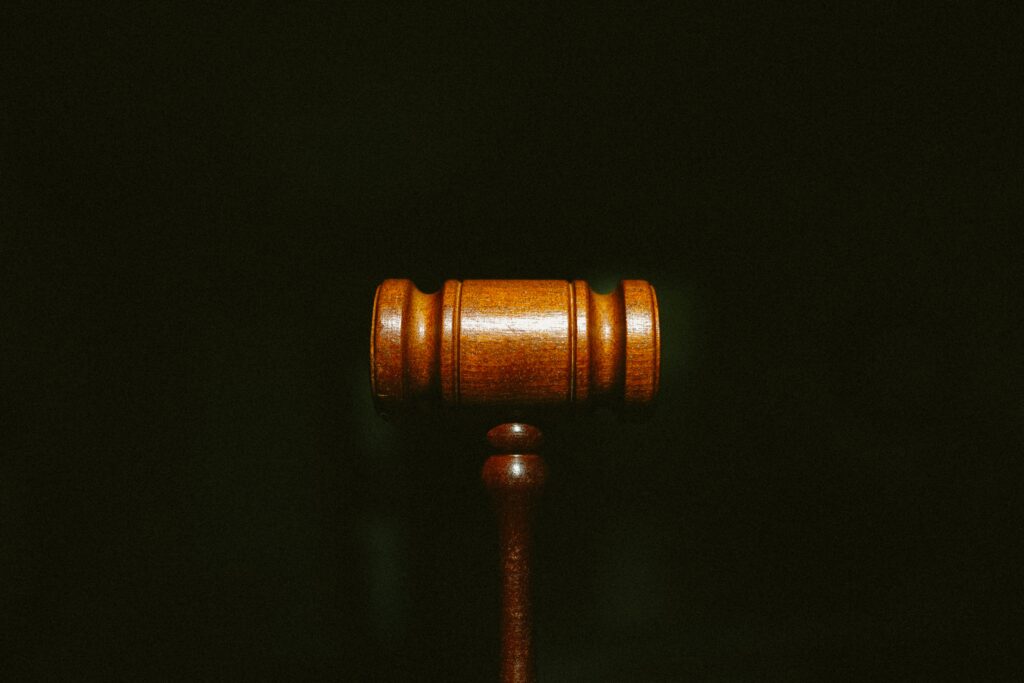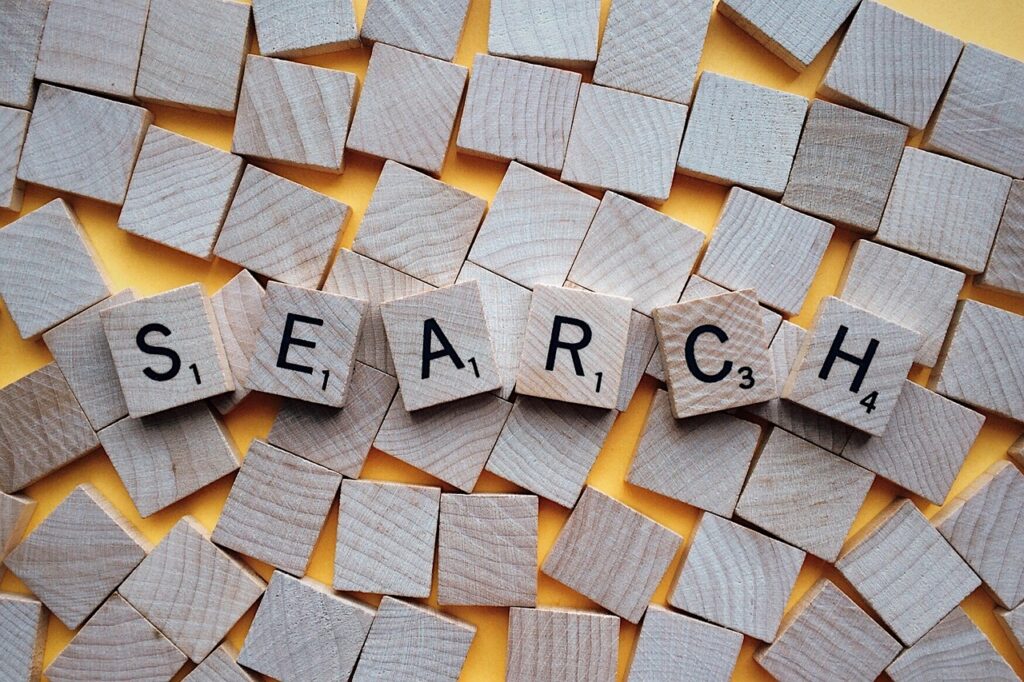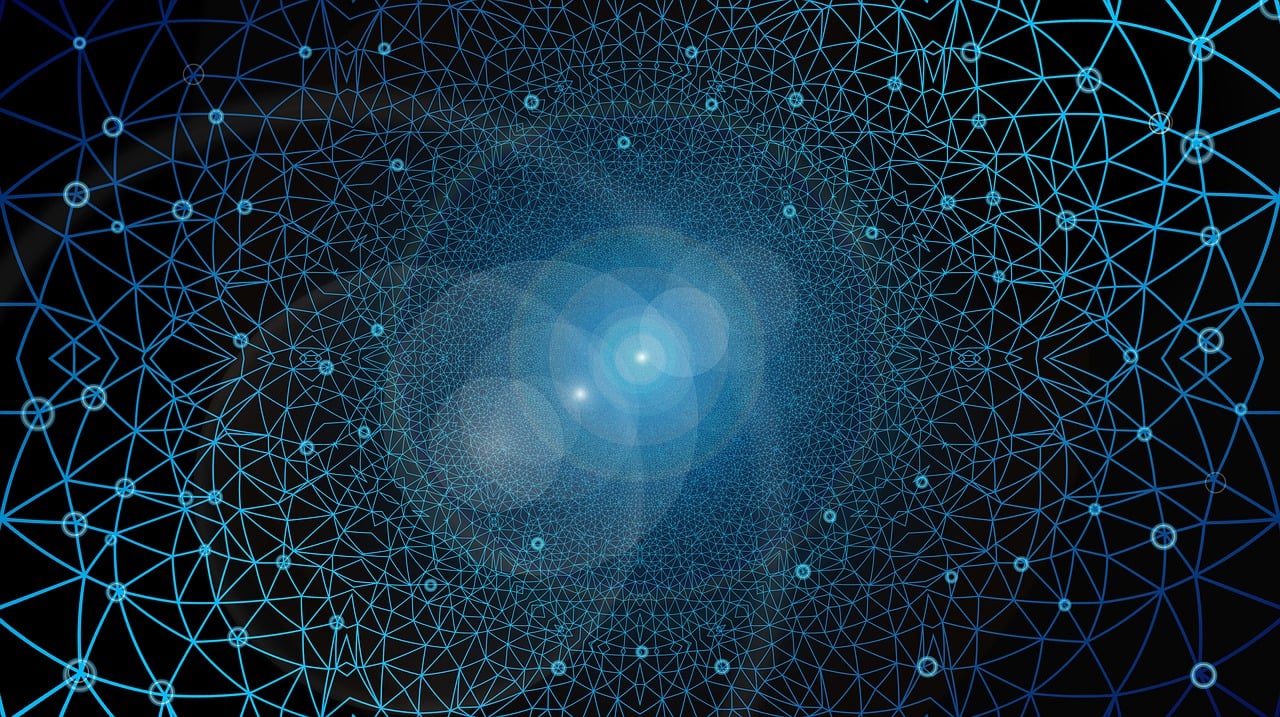Artificial intelligence (AI) technology is rapidly expanding from a niche area of Silicon Valley software companies to almost every innovative business, including non-software businesses. This expansion is driving the creation of new IP in the form of AI-related patents and raising novel issues for patent litigants.
Traditionally, a company that believes it is being sued for patent infringement hires a top-notch patent attorney to determine whether to fight or settle the case. But even the best patent attorneys have only seen a few dozen similar cases. As a result, they often have a gut feeling about which IP rights are at issue and whether to pursue or settle the case.
In addition, a court’s decision in a patent infringement case can have important implications for the entire industry. Consequently, there is considerable interest in the ability to accurately predict whether a case will end up being resolved as a settlement or as a trial.
ML methods are poised to offer solutions to both of these challenges, particularly when applied to the task of evaluating patent claims for potential infringement. However, there are a number of important obstacles that must be overcome before AI can be effective in this role.
ML methods must be able to evaluate the scope of the claim and determine how the claim maps to an allegedly infringing technology. This requires the AI to become fluent in two languages: the language used to write the patent claim and the language specific to the alleged infringing technology, such as source code, diagrams, schematics, and other documentation.
ML methodologies must be able to handle noisy data. For example, many courts publish their decisions in electronic filings, which must be retrieved and processed. This can be a challenging task because the files are not in a standard format and the data is frequently incorrect. In one study, a team from Lex Machina found that more than half of the data gathered for each case was wrong.
ML algorithms must be capable of understanding context and meaning, as well as being able to make inferences from the data. For example, ML methods can learn to recognize the underlying meaning of words and phrases, and they can also detect synonyms and similar terms.
Machine learning (ML) has the potential to significantly enhance the analysis of patent litigation cases by automating certain tasks, extracting valuable insights from vast amounts of data, and assisting legal professionals in various aspects of the litigation process. Here’s how machine learning can be applied to patent litigation analysis:

Methods
Patent Valuation
Intellectual property, and particularly patents, have become an important asset in today’s knowledge economy. This is true for both businesses and individuals. Valuing patents is an important process that allows stakeholders to make informed decisions regarding their intellectual property portfolios and investments. Machine learning algorithms (ML) have become a powerful tool in patent valuation. They can assess the value of a patent based on many factors such as its likelihood for litigation success and market demand.
a. Factors Influencing Patent Value
It is not easy to estimate the value of a Patent, because it is affected by many factors. The machine learning models consider various factors to give a comprehensive value. Some of the factors that are considered include:
- Litigation Potential : Patents with a greater likelihood of success in litigation are more valuable. ML algorithms are able to analyze past patent litigation and identify patterns which indicate whether a particular patent will be able to withstand legal challenges.
- Market demand The market’s demand for a technology is a major factor in determining the value of a patent. ML models analyze consumer behavior and market trends to determine the demand for a particular technology.
- Technology relevance: Patents that cover disruptive or cutting-edge technologies are usually more valuable. By comparing a patent to other technologies, machine learning can determine its relevance in a particular technological field.
- Citation Analyses: A patent’s influence and importance in a field can be determined by the number of patents that cite it. The citation data can be processed by machine learning algorithms to determine the impact of a patent on innovation.
- Monetization potential: Models ML can take into account licensing opportunities, royalty payments, and revenue streams that are associated with a particular patent. Patents that offer a wider range of licensing options are valued higher.
- Legal strength: Patents with a robust draft and a clearly defined scope are more likely to retain their value during litigation. Machine learning can be used to analyze legal text and patent claims in order to determine the strength of a patent.
b. Machine Learning for Patent Valuation
Patent valuation can be improved by using machine learning algorithms.
- Data Process: ML Models can process and analyze large datasets including patent databases and legal documents. They also have the ability to analyze market reports and historical patent transactions. This data-driven method allows for a comprehensive assessment of the patent value.
- Complex pattern recognition: ML excels in identifying intricate patterns within data. It can identify subtle correlations between the characteristics of a patent and its value even if these relationships aren’t immediately obvious to human analysts.
- Automation Machine learning automates valuation, saving time and effort compared to manual methods. This automating allows for faster decision-making, and greater scalability.
- Continuous learning: As new data is available, ML models will continuously improve and adapt to the changes. They can include real-time trends in the market and changing technology landscapes when assessing a company.
- Risk Analysis: ML algorithm can assess the risk associated with a particular patent, including the likelihood of disputes over infringement or legal challenges. This risk assessment informs stakeholder about possible drawbacks and uncertainty in a patent’s value.
c. Challenges & Considerations
There are some challenges to consider when evaluating patents using machine learning.
- Data quality is crucial. Data that is inaccurate or biased can lead to incorrect valuations.
- Domain Knowledge: Machine learning models may not be able to grasp all the legal and industry specific nuances as well as human experts. Validating and interpreting ML generated valuations requires human expertise.
- Data Security When handling patent data, particularly if sensitive information is included, it’s important to consider data privacy and security laws.
- Dynamic markets: Markets are dynamic and rapidly changing. ML models need to be constantly updated and improved in order to remain accurate and relevant.
- Interpretability : Some ML algorithms are “black boxes” and can be difficult to explain, especially in a legal or regulatory context.
Machine learning is a powerful tool that can be used to assess the value of intellectual property. It’s scalable, efficient and data-driven. While ML algorithms are excellent at analyzing the diverse and complex factors which influence patent value they should not be viewed as a replacement for human expertise. Machine learning combined with human judgment can lead to better decisions in terms of patent acquisition, licensing and litigation. Machine learning will become more important as technology advances.
Prior Art Search and Analysis
Prior Art Search and Analysis in Patent Litigation Using Machine Learning and Natural Language Processing (NLP)
In the complex world of patent litigation, the thorough examination of prior art plays a pivotal role in determining the validity and enforceability of a patent. Identifying prior art—existing technologies and innovations that are similar to the patented invention—is crucial to assessing whether a patent is truly novel and non-obvious. Traditionally, this task has been arduous, time-consuming, and reliant on manual review. However, the advent of machine learning and natural language processing (NLP) has revolutionized the process of prior art search and analysis.
a. NLP’s Role in Prior Art Search
Natural Language Processing, a subfield of artificial intelligence, equips machines with the ability to understand and interpret human language. In patent litigation, NLP can be harnessed to sift through massive volumes of patent documents, scientific papers, and other sources of prior art. This technology significantly enhances the efficiency and effectiveness of the search process.
NLP-powered systems are capable of performing contextual analysis on textual data. They can identify relevant keywords, phrases, and concepts within patent claims, which are typically the core of a patent document. By understanding the language and context used in patent claims, NLP algorithms can pinpoint the key elements of the invention, making it easier to locate related prior art.
Moreover, NLP algorithms excel in multilingual search, overcoming language barriers that may hinder conventional manual searches. This capability is particularly advantageous in the global patent landscape, where prior art may be documented in various languages.

b. Machine Learning’s Role in Prior Art Analysis
Machine learning models complement NLP by assisting in the analysis of identified prior art. These models can be trained to recognize similarities and differences between patent claims and existing patents or publications. This involves the comparison of patent claim language, technical specifications, and associated metadata.
One of the primary applications of machine learning in prior art analysis is the development of similarity scoring systems. These systems assign numerical scores to the similarity between a patent claim and potential prior art references. The higher the score, the more closely related the documents are deemed to be. By automating this scoring process, ML models expedite the identification of relevant prior art.
Moreover, machine learning can categorize and cluster prior art references based on their technical domains and concepts. This clustering facilitates the organization and presentation of prior art, making it easier for patent examiners, attorneys, and inventors to navigate the landscape of related technologies.
Challenges and Limitations
While NLP and machine learning offer significant advantages in prior art search and analysis, they are not without challenges and limitations. One primary challenge is the need for high-quality training data. ML models rely on large and diverse datasets to learn and generalize effectively. Ensuring the availability of accurate and comprehensive patent data is essential for training robust models.
Another challenge lies in the dynamic nature of language and technology. NLP algorithms must continuously adapt to evolving terminologies and emerging concepts. Additionally, machine learning models may struggle with very technical or niche domains where training data is limited.
Furthermore, the interpretation of prior art is not solely a technical endeavor. It often involves legal nuances, and certain aspects, such as the legal status of prior art references, may not be apparent from the text alone. Legal expertise remains indispensable in patent litigation, and machine learning should be viewed as a tool to augment, rather than replace, the judgment of legal professionals.
The integration of NLP and machine learning into the field of patent litigation has ushered in a new era of efficiency and precision in prior art search and analysis. These technologies empower legal professionals and patent examiners to sift through vast volumes of textual data, identify relevant prior art, and assess the novelty and non-obviousness of patents with unprecedented speed and accuracy.
By automating the time-consuming and labor-intensive aspects of prior art search and analysis, NLP and machine learning free up valuable human resources, allowing legal experts to focus on higher-level strategic tasks. While challenges and limitations persist, the continued advancement of AI-driven solutions promises to further enhance the patent litigation process, ultimately benefiting inventors, innovators, and the intellectual property ecosystem as a whole.
